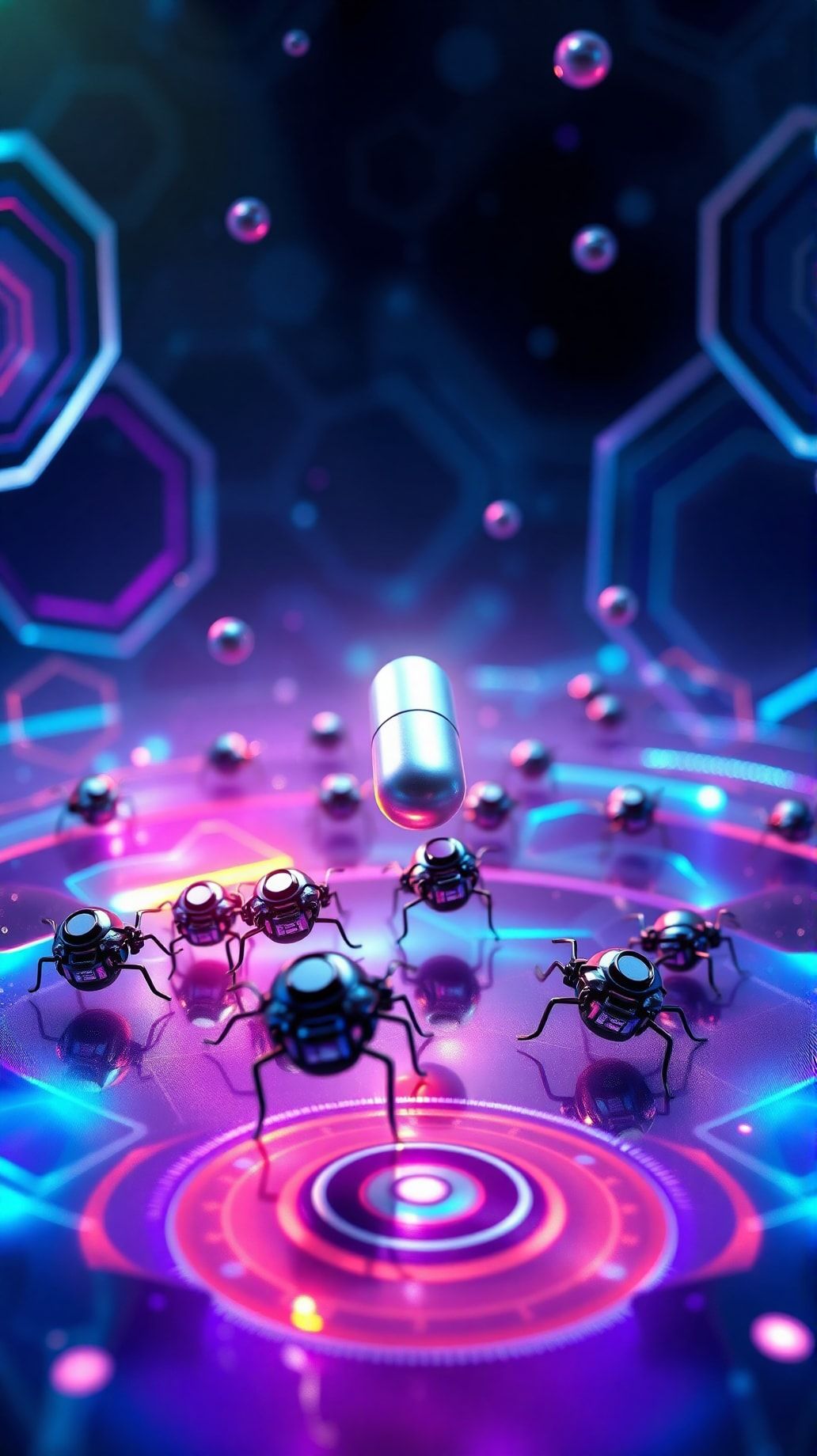Us Army Unveils Revolutionary Long-Endurance Tethered Drone For Enhanced Aerial Surveillance
TCOM’s Falcon unmanned aircraft system (UAS) was recently field-tested during the first-ever …
23. December 2024

Tiny robotic swarms demonstrate incredible strength and coordination, rivaling that of ants in their ability to work together to achieve impressive feats. Researchers at Hanyang University in South Korea have developed a novel method for creating swarms of tiny, cube-shaped robots using a specialized mould and epoxy resin embedded with magnetic alloy.
This approach enables the microrobots to be “programmed” to form various configurations after being exposed to strong magnetic fields from specific angles. By controlling these external magnetic fields, the team can program each bot’s magnetic profile for specific missions, allowing for efficient and rapid production of hundreds to thousands of units.
The researchers demonstrated the capabilities of their microrobots by directing them to cooperate in impressive tasks. They successfully lifted objects that were hundreds of times their own weight, forming a floating raft on water and even pushing through clogged tubes. Additionally, the bots transported a pill 2000 times their individual weight through liquid, showcasing potential medical applications.
According to Xiaoguang Dong at Vanderbilt University, who was not involved in the research, these magnetic microrobots hold great promise for minimally invasive drug delivery in small, enclosed spaces. However, there are still challenges to overcome, including ensuring the safety of the “potentially toxic” magnetic particles used in their construction.
Dong is optimistic about the future medical uses of such microrobots, suggesting that if safe, they can effectively navigate to targeted disease sites and deliver drugs locally, making treatments more precise and effective. As these tiny robots continue to advance, researchers are exploring potential applications beyond medical delivery, including environmental monitoring and search-and-rescue missions.
With their ability to coordinate and adapt in complex environments, microrobots may one day revolutionize various fields and enable us to tackle challenges that were previously thought impossible.